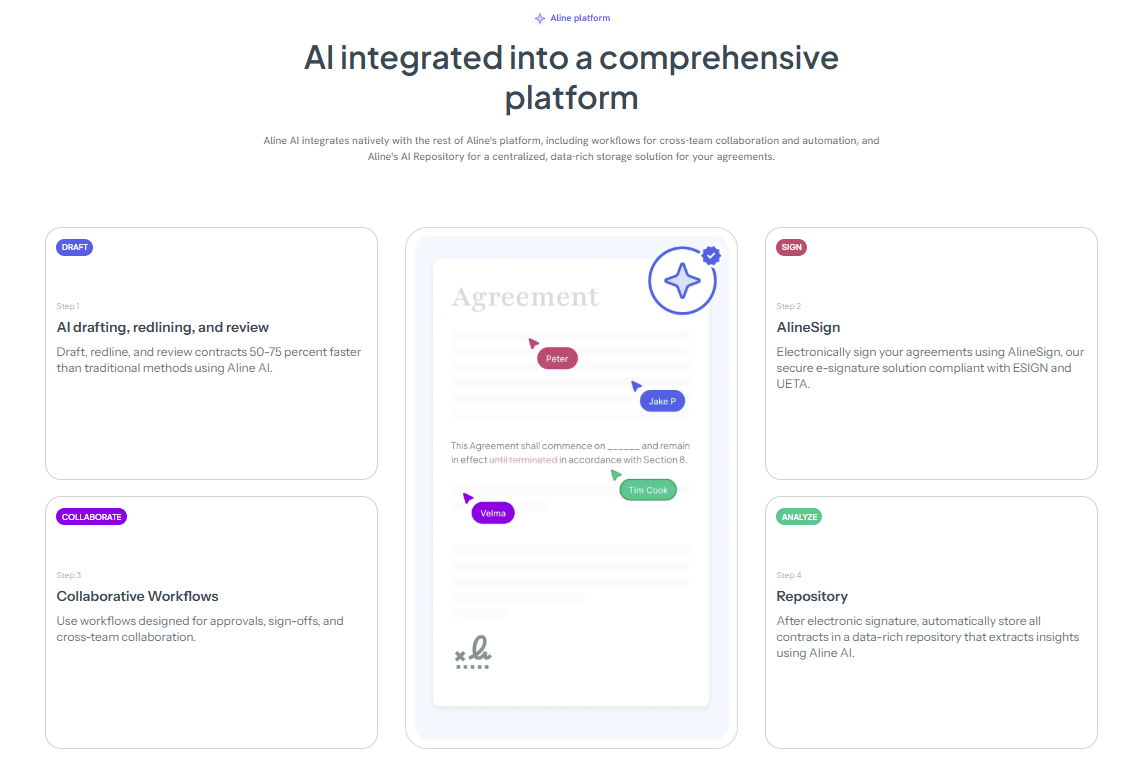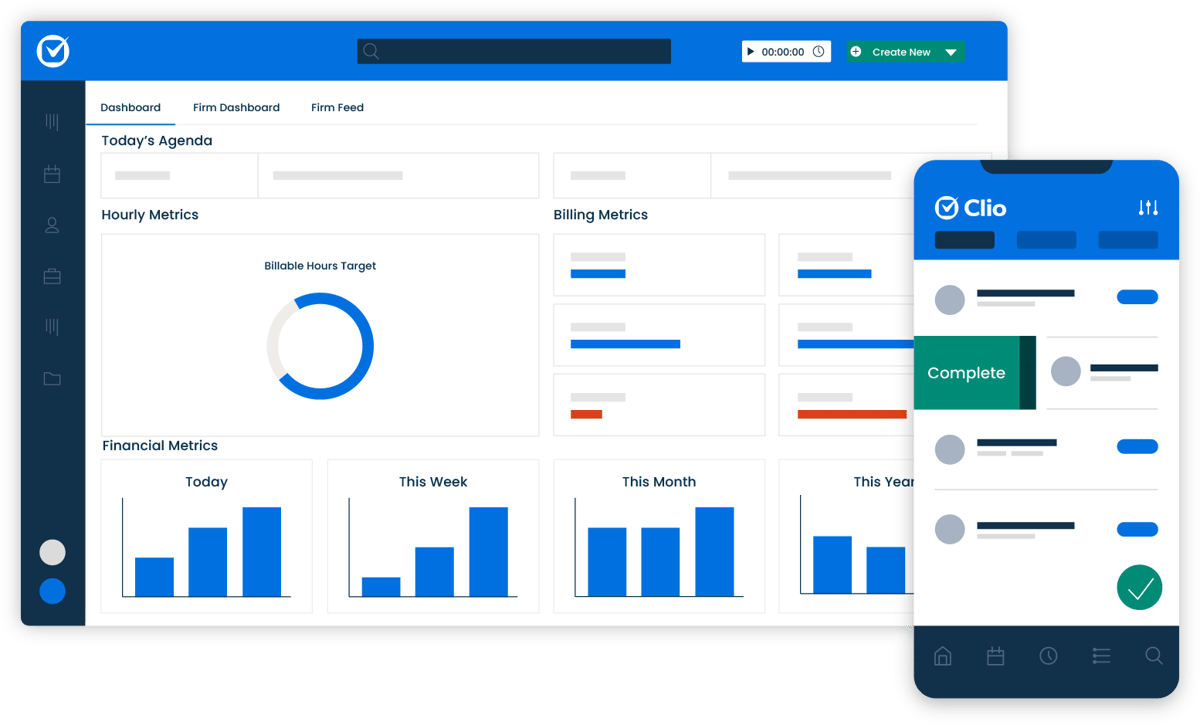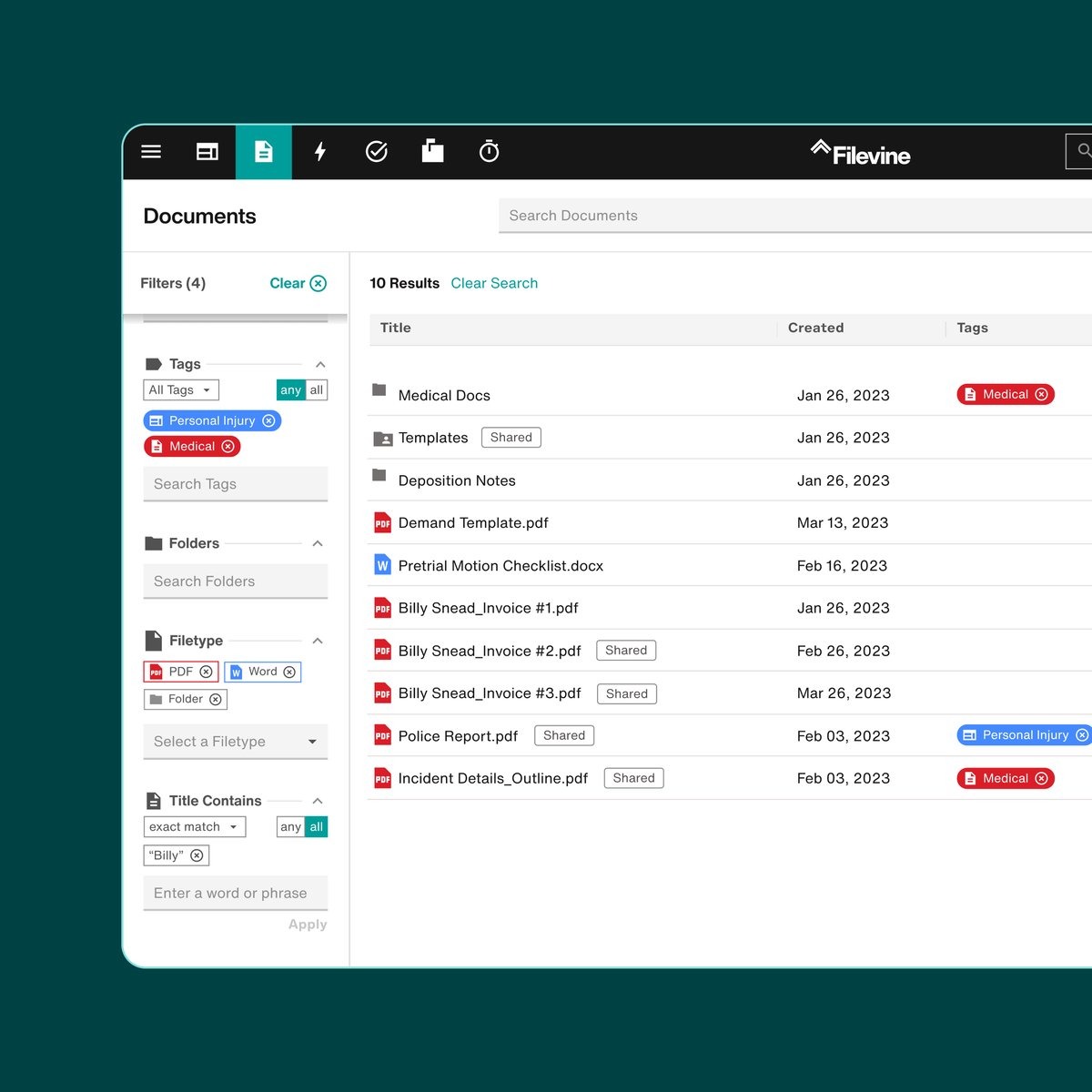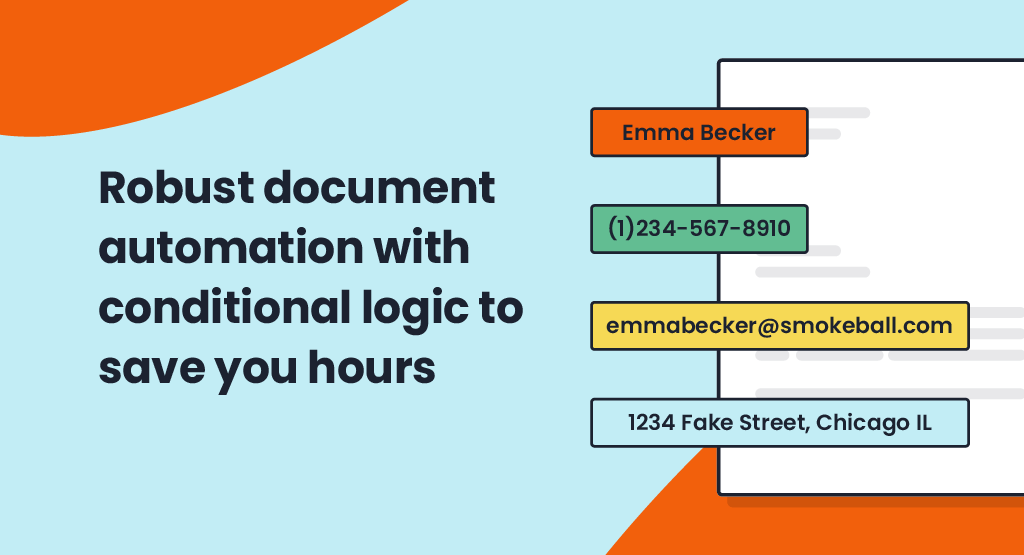There are so many workflows happening inside a legal team on any given day that it’s easy to lose track of what’s coming next. One matter needs a quick review, another needs approvals, a client is waiting on an update, and a stack of documents is sitting in your inbox.
It adds up fast, and it can make even a well-run team feel stretched.
That’s why legal workflow tools matter more than ever. They take all those moving parts and put them into a system that’s easier to manage. That way, you get a clearer view of your work and more control over how it moves from one step to the next.
In this guide, you’ll get a simple breakdown of what these tools do, why they make such a difference, and which platforms are worth your attention.
The definition is too broad, but the idea behind legal workflow tools is easy to understand once you break it down.
These tools help legal professionals manage the steps that happen every single day. These can include tasks, documents, reviews, and the small actions that keep everything moving.
Legal workflow tools are often grouped under the label legal workflow management software. At their core, they take repeated actions and turn them into a clear path you can follow.
Law firms use them to keep client work organized. In-house legal departments rely on them to keep approvals and administrative tasks under control. The goal is to make the work feel lighter and easier to manage.
Most platforms include simple features like task lists, reminders, document routing, and shared workspaces. Those pieces remove a lot of the guesswork from routine tasks. With the basics handled, you get more room to focus on the work that needs your judgment, not your time.
If your days feel packed with small tasks or messy handoffs, these platforms help you get work moving again with less stress and fewer surprises. You can expect the following benefits:
Legal workflow automation software takes the steps you repeat every day and turns them into automated legal workflows.
To start, you can automate routine tasks like creating folders, assigning steps, sending reminders, or routing documents for review. Even straightforward tasks feel lighter when they move on their own.
These tools also replace manual legal processes that slow everything down, which can give you immediate productivity improvements without a complicated setup. Over time, legal automation clears bottlenecks and helps your team focus on more important legal work.
Manual steps are where mistakes happen. A missed email, an outdated version of a file, or a skipped step can cause real issues. Legal workflow tools help reduce human error by guiding each task through a consistent, predictable path.
For example, document automation makes sure that the right details appear every time, and built-in checks help you avoid missing key requirements.
This level of structure keeps both simple and complex workflows steady, so your team can trust the process and move faster without second-guessing each step.
When everyone sees the same tasks, deadlines, and documents, projects run more smoothly. These tools give your team shared visibility over project management work, approvals, and ongoing matters. You can see what’s done, what’s stuck, and what needs your attention next.
That kind of clarity keeps communication cleaner and reduces the back-and-forth that usually happens when you’re juggling multiple responsibilities. It also helps distribute work evenly, so no one is left carrying the entire load.
Clients feel the difference when your internal systems run smoothly. Faster responses, clear updates, and fewer delays all improve client satisfaction.
Automated reminders keep work from falling through the cracks. Organized files make it easier to share accurate information. With efficient processes in place, you can spend more time on client strategy and less on lower-value tasks.
Even small improvements add up to a smoother, more reliable service experience that clients appreciate.
When your legal workflows run smoothly, the tools you choose make an even bigger difference. If you're not sure where to start, here’s a quick look at the platforms that help teams keep work organized, consistent, and easier to manage every day:
Aline is an AI-powered contract lifecycle management platform meant for teams that want their contract work to feel calmer and more predictable.
If your days involve chasing approvals, fixing version issues, or double-checking repetitive tasks, this platform gives you a cleaner way to manage everything.

Aline brings drafting, negotiation, signing, and compliance tracking together so you don’t have to jump between Word files, email threads, or disconnected tools.
In other words, you get one place to create, review, track, and organize every agreement from start to finish. That alone removes a lot of friction from your workflow.
Since Aline mixes AI and structure, it supports both fast-moving business teams and legal professionals who care about accuracy. AI Playbooks keep your preferred terms consistent. Smart workflows move contracts forward without constant check-ins.
Plus, the integration with Microsoft Word means you can keep working the way you like while gaining the guardrails you’ve probably wished for in the past.
Aline makes law firm workflow automation feel practical. It saves time on the tasks you repeat every day and gives you more room to focus on legal decisions rather than small fixes.
See how much easier contract work becomes when everything runs in one AI CLM platform.
Clio Manage works well for teams that want their daily work to feel organized from the moment they log in. It brings client intake, scheduling, billing, and matter tracking into one place, which makes it easier to keep up with everything.
If you want legal workflow software that fits into your routine without a long learning curve, Clio is an easy match.

You can manage legal documents, track deadlines, and reduce a lot of the manual data entry that usually slows things down. It also slides neatly into the tools you already use.
Clio connects with billing systems, document apps, and other everyday software so your workflow stays familiar while becoming more efficient.
Teams that want steady process management and predictable workflows often pick Clio because it takes very little effort to maintain. It keeps the essentials under control and helps everyone stay aligned without adding extra work.
Filevine suits teams that deal with a steady flow of tasks, documents, and updates throughout the day. The platform brings those moving pieces into one organized workspace, which can make it easier to follow what’s happening and what needs attention.

This tool offers more structure than many other workflow tools, but it still gives plenty of room to shape the setup around the way legal teams actually operate.
A major strength is its ability to lift the weight of manual tasks. Automated workflows take over routine steps, while document management keeps everything stored, sorted, and easy to retrieve.
Document creation also becomes faster thanks to templates that maintain consistent language across matters. Together, these features help legal organizations stay sharp, even when workloads pick up.
Smokeball keeps everyday work structured without making things complicated. Tasks, documents, emails, and case updates sit together in one system, so teams don’t have to jump around to figure out what’s going on
This cloud-based practice management software combines workflow automation tools with built-in time tracking. As a result, routine steps move forward while the work you do throughout the day is captured automatically.

Plus, it supports contract management and broader matter work, which helps teams keep everything connected without relying on scattered files.
The platform fits comfortably into existing systems. Its integration capabilities work smoothly with email, calendars, and other tools teams already use, to avoid a disrupted setup.
Automated workflows keep matters progressing, data security controls protect sensitive information, and compliance features stay active in the background. This balance of structure and ease of use often leads to steadier operations and more consistent client experiences.
Litify is suitable for legal teams that want a cleaner, more predictable way to run their practice without getting pulled into manual processes all day. The platform brings attorney workflows, tasks, and documents into one structured environment.

Teams can access documents, track updates, and assign team members from a single dashboard, which helps reduce the tedious tasks that interrupt billable hours and slow work down.
Since Litify runs on Salesforce, it offers flexibility that many tools don’t. Workflows can be modified to match how a legal practice actually operates, and document organization stays clear even when multiple people handle the same matter.
It’s a strong fit for teams that want long-term structure, reliable visibility, and a system that grows with them rather than holding them back.
We’ve walked you through several tools that help legal teams organize tasks, manage documents, and reduce busywork. Each one solves a different part of the puzzle, and they all make daily work feel a little lighter.
But if you’re looking for contract management workflow solutions that cover the entire contract process and not just pieces of it, Aline delivers a more complete setup for modern legal operations.

Take a moment to think about your own workflow. Where do things slow down? Are drafts taking too long, or are approvals getting stuck with no visibility? Maybe the challenge is keeping information in one place so your team can stay coordinated.
Aline brings all of that together in a single platform by giving you AI-powered drafting, redlining, approvals, signatures, and reporting without jumping between tools.
With Aline, everything moves in one continuous flow, and your team gains the clarity needed to work faster and with fewer mistakes.
The best tool depends on the work your team handles every day. Some platforms focus on matter tracking, others on document handling, and some (like Aline) cover the entire contract lifecycle in one place.
Legal leaders usually pick a tool that reduces manual work, supports task assignments, and gives the team a clearer view of progress.
A legal workflow is the step-by-step path a task or matter follows, from the first action to the final outcome. It can include drafting, reviews, approvals, client communications, or internal updates.
Good workflows help legal departments stay organized, maintain accurate records, and stay consistent while ensuring compliance along the way.
Legal research often relies on a mix of databases and legal tech platforms that provide statutes, case law, and secondary sources. Researchers also use tools that organize notes, store citations, and keep documents connected to the matters they support.
Legal workflow management software helps teams organize their work, automate steps, and keep documents, deadlines, and communication in one place.
It supports smoother client onboarding, steadier client relationships, and increased client satisfaction by reducing errors and keeping work on track.
Yes. Many tools now include features like client portals, status updates, and organized communication channels. These additions make it easier for teams to share information, stay coordinated, and maintain clear expectations throughout the client relationship.

